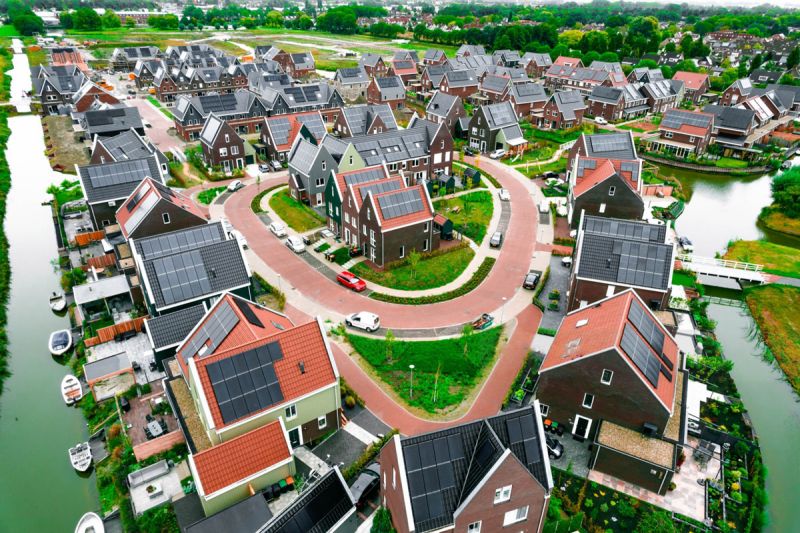Photovoltaic cells, also known as solar cells, have become a key player in the renewable energy sector. These devices have revolutionized the way we use solar energy to generate electricity. In this article, we'll delve into the fascinating world of photovoltaic cells and explore how they generate electricity.

At the heart of a photovoltaic cell is a semiconductor material, usually made of silicon. When photons from sunlight strike the surface of a cell, they excite electrons in the material, causing them to break away from the atoms. This process is called the photovoltaic effect.
To take advantage of these released electrons, batteries are constructed into layers with different properties. The top layer is made of materials specifically designed to absorb sunlight. Below this layer is the active layer, which is composed of semiconductor material. The bottom layer, called the back contact layer, helps collect electrons and transfer them out of the cell.
When sunlight penetrates the top layer of the cell, it excites electrons in the atoms of the semiconductor material. These excited electrons are then able to move freely within the material. However, in order to generate electricity, electrons need to flow in a specific direction.
This is where the electric field within the cell comes into play. The semiconductor material in the active layer is doped with impurities to create an electron imbalance. This creates a positive charge on one side of the battery and a negative charge on the other. The boundary between these two regions is called the pn junction.
When an electron is excited by a photon and breaks away from its atom, it is attracted to the positively charged side of the cell. As it moves toward the area, it leaves a positively charged "hole" in its place. This movement of electrons and holes creates an electric current within the battery.
However, in their free state, electrons cannot be used to power external devices. To harness their energy, metal contacts are placed on the top and bottom layers of the cells. When conductors are connected to these contacts, electrons flow through the circuit, creating an electric current.
A single photovoltaic cell produces a relatively small amount of electricity. Therefore, multiple cells are connected together to form a larger unit called a solar panel or module. These panels can be connected in series or parallel to increase voltage and current output, depending on the requirements of the system.
Once electricity is generated, it can be used to power a variety of devices and appliances. In a grid-tied system, excess electricity generated by solar panels can be fed back into the grid, offsetting the need for fossil fuel generation. In stand-alone systems, such as those used in remote areas, the electricity generated can be stored in batteries for later use.
Photovoltaic cells provide a green, sustainable and renewable solution to our energy needs. They have the potential to significantly reduce our dependence on fossil fuels and mitigate the environmental impact of electricity generation. As technology continues to advance, we may see photovoltaic cells become more efficient and cheaper, making them an integral part of our future energy landscape.
Post time: Nov-27-2023